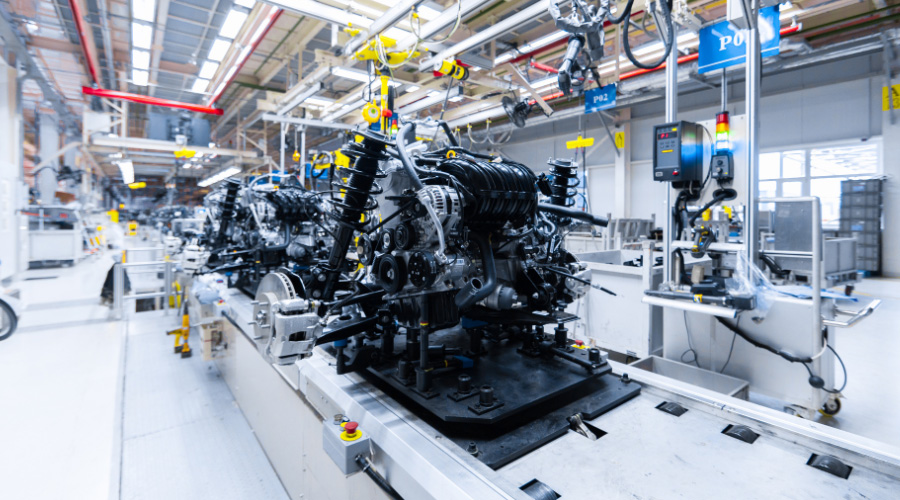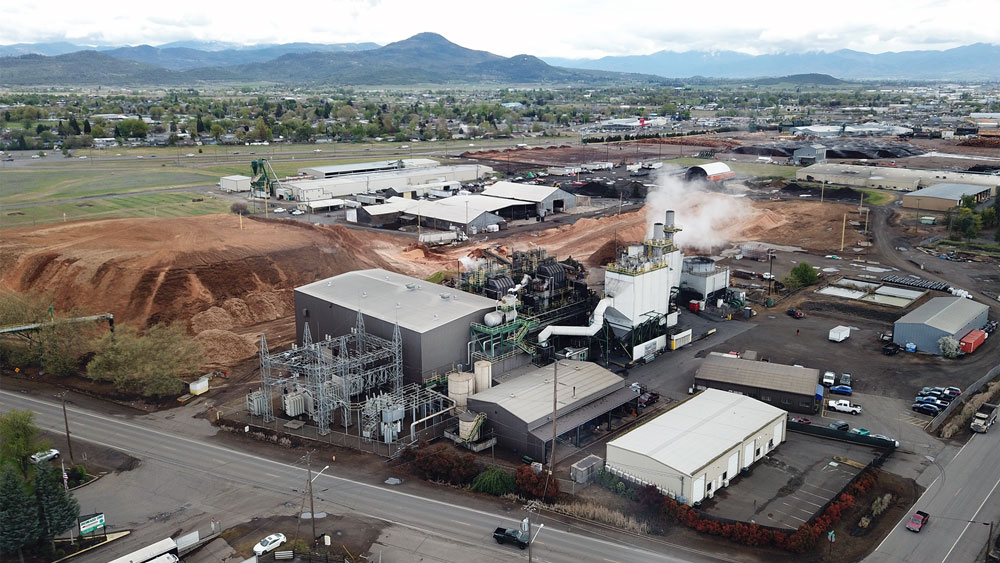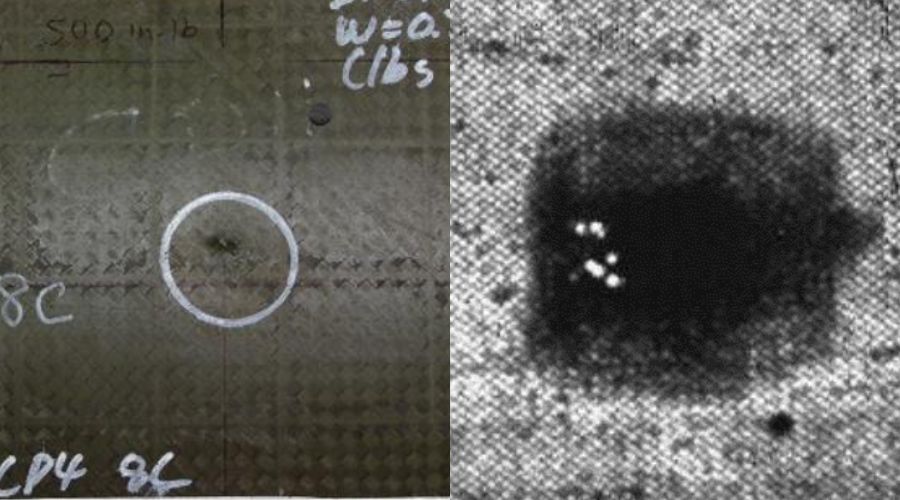
What are the Risks of Fire in Battery Storages & How to Prevent Them?
Understanding the Risks and Ensuring Safety
As the demand for renewable energy sources continues to rise, battery storage technology has become a critical component in the transition to a more sustainable future. While li-ion batteries are known for their high energy density and rechargeable capabilities, they also pose significant safety risks, including the potential for fires. The importance of fire protection for lithium battery storage is ever increasing. Fire protection systems can ensure the safety of people and property.
In this article, we will explore the various fire protection strategies and technologies used in battery storage systems to prevent, detect, and mitigate the impact of fires.
The Fire Hazards of Lithium-ion Batteries
In recent years, there has been a significant increase in fires related to Battery Energy Storage Systems (BESS). While BESS offers a viable solution for energy storage, the associated fire risks cannot be ignored. The fires related to BESS can be attributed to various factors such as thermal runaway, manufacturing defects, battery damage, and improper installation.
Thermal Runaway: What It Is and How to Prevent It
Lithium-ion batteries pose significant fire hazards when stored improperly. They contain flammable electrolytes that can ignite and create a fire that can quickly spread, leading to property damage, injuries, and even fatalities. When lithium-ion batteries are stored together, there is a risk of a chain reaction where a single battery’s thermal runaway can cause other batteries to catch fire.
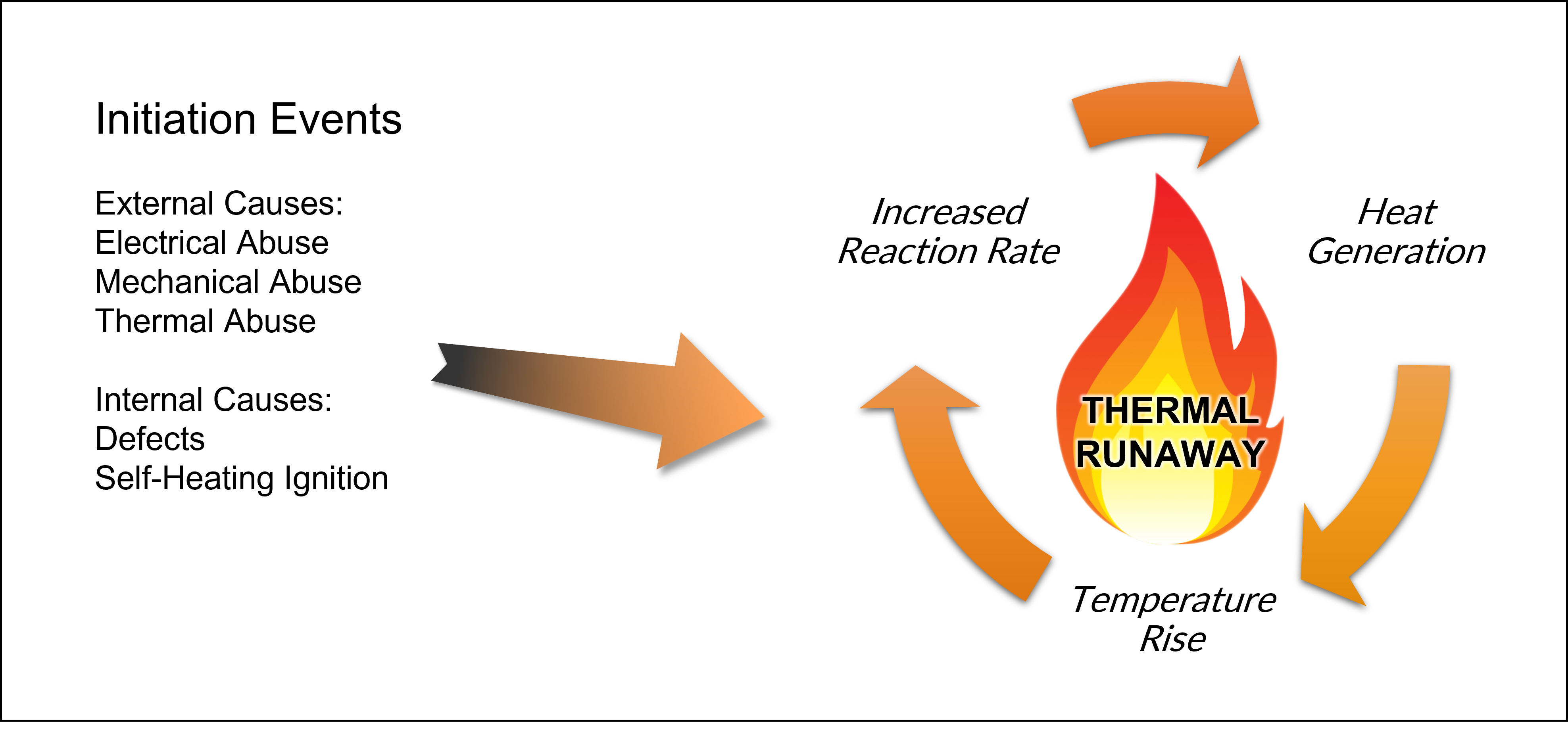 Thermal runaway is a dangerous chain reaction that can occur in lithium-ion batteries, leading to overheating, gas generation, and even explosions. It can happen when a cell’s temperature rises above a critical threshold due to overcharging, high ambient temperature, or internal short circuits.
Thermal runaway is a dangerous chain reaction that can occur in lithium-ion batteries, leading to overheating, gas generation, and even explosions. It can happen when a cell’s temperature rises above a critical threshold due to overcharging, high ambient temperature, or internal short circuits.
Once initiated, thermal runaway can spread to other cells, leading to a cascading failure that can be hard to control. To prevent thermal runaway in battery storage, it is essential to monitor the temperature of the batteries, limit the charging rate, avoid overcharging, and keep the ambient temperature within a safe range. Proper ventilation, early detection systems, and emergency response plans can also help mitigate the consequences of thermal runaway if it occurs.
Thermal imaging can be a useful tool to monitor the temperature of battery cells and prevent thermal runaway. By using thermal cameras, operators can detect temperature changes in real-time and quickly identify any hotspots or abnormal heat signatures.
This allows them to take immediate action to cool down the affected cells and prevent a potential thermal runaway event. Thermal imaging can also help identify any defective cells that may be generating excess heat and remove them from service before they pose a risk of starting a fire.
Manufacturing Defects
Manufacturing defects in lithium-ion batteries can be a significant fire hazard. These defects can cause short circuits or other malfunctions that can lead to thermal runaway and ultimately a fire.
For example, if the separator that keeps the positive and negative electrodes apart is defective, it can cause the electrodes to touch. This would result in a short circuit and overheat the battery. Additionally, if the anode or cathode is contaminated during manufacturing, it can lead to a buildup of gas, which can rupture the cell and cause a fire.
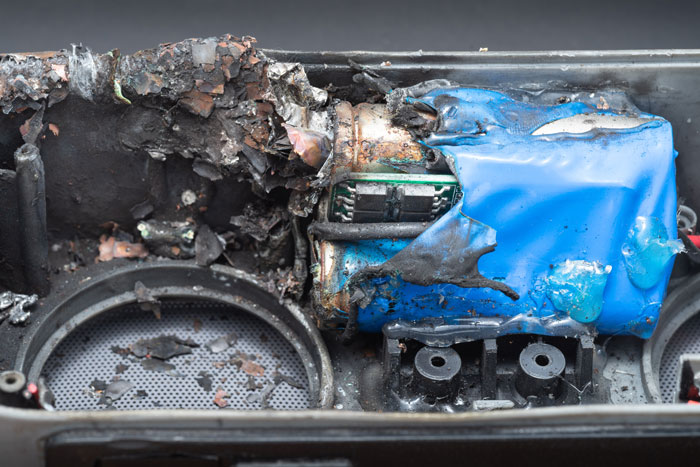
Thermal imaging can be an effective tool for detecting manufacturing defects in lithium-ion batteries. Thermal imaging cameras can detect temperature anomalies in the battery cells, which can indicate defects or other issues that could potentially lead to thermal runaway.
For example, a hotspot in the battery cell may indicate a manufacturing defect that is causing the battery to generate excess heat. By identifying these defects early on, manufacturers can take corrective action to prevent potential fires or other hazards. Thermal imaging can also be used during the testing phase of battery development to detect defects before the batteries are put into use.
Improper Installation
Improper installation of battery energy storage systems can create fire hazards. If the BESS is not installed properly, it can lead to incorrect wiring, overloading of circuits, or improper ventilation, all of which can cause overheating and thermal runaway. If the storage system is not installed in a location with appropriate fire protection measures, a fire can spread quickly and cause significant damage. It is important to ensure that BESS installations are conducted by qualified professionals following manufacturer’s guidelines and local codes and regulations.
In addition, it is also important to install an early fire detection (EFD) system. These early warning systems help ensure safety of all equipment and individuals. EFD systems can detect potential fires in their early stages, allowing for prompt response and mitigation.
EFD systems use various methods, including thermal imaging cameras, to detect the first signs of a fire. By installing an early fire detection system, the risk of a BESS fire can be greatly reduced, and the potential damage can be minimized.
Ensuring Safety with Thermal Imaging
As previously mentioned, thermal imaging is an important tool for ensuring safety in lithium ion battery energy storage systems. Thermal cameras can help detect defects or early signs of thermal runaway at all stages of the battery lifecycle. This includes manufacturing, operation, and storage.
A fire protection system that leverages thermal cameras, such as EFD, are a must for energy storage systems (ESS). By installing an early fire detection system in battery storage facilities, any potential fires can be quickly detected and contained.
MoviTHERM iEFD System
The MoviTHERM iEFD system has been proven highly effective in preventing and detecting li-ion battery fires. It addresses the unique challenges of battery storage facilities, including the risk of thermal runaway and potential for fire to rapidly spread through numerous batteries.
One of the key advantages of the iEFD system is its real-time temperature monitoring of individual battery cells. With real-time monitoring, the potential of thermal runaway or other fire hazards can be detected early. This allows facility managers to take immediate action to prevent fires from spreading.
The system incorporates smart thermal imaging and intelligent alarm management features for maximum safety and reliability. The iEFD system is flexible and scalable, suitable for use in a broad range of battery storage applications. It can be customized to meet specific requirements, providing peace of mind that facilities are protected.
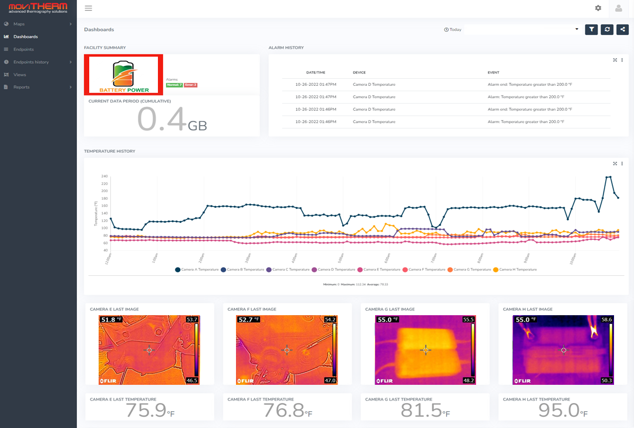
Contact us today to discuss how the MoviTHERM iEFD can help keep your storage safe and secure.
About MoviTHERM:
MoviTHERM – Advanced Thermography solutions was founded in 1999. The company offers solutions for plastic welding, package sealing, and non-destructive testing. In addition, MoviTHERM provides IoT Cloud monitoring solutions for thermal imaging applications for early fire detection, machine condition monitoring, and other applications. MoviTHERM is a Teledyne FLIR Premium Partner and master distributor for FLIR Thermal Cameras for automation and science applications.


